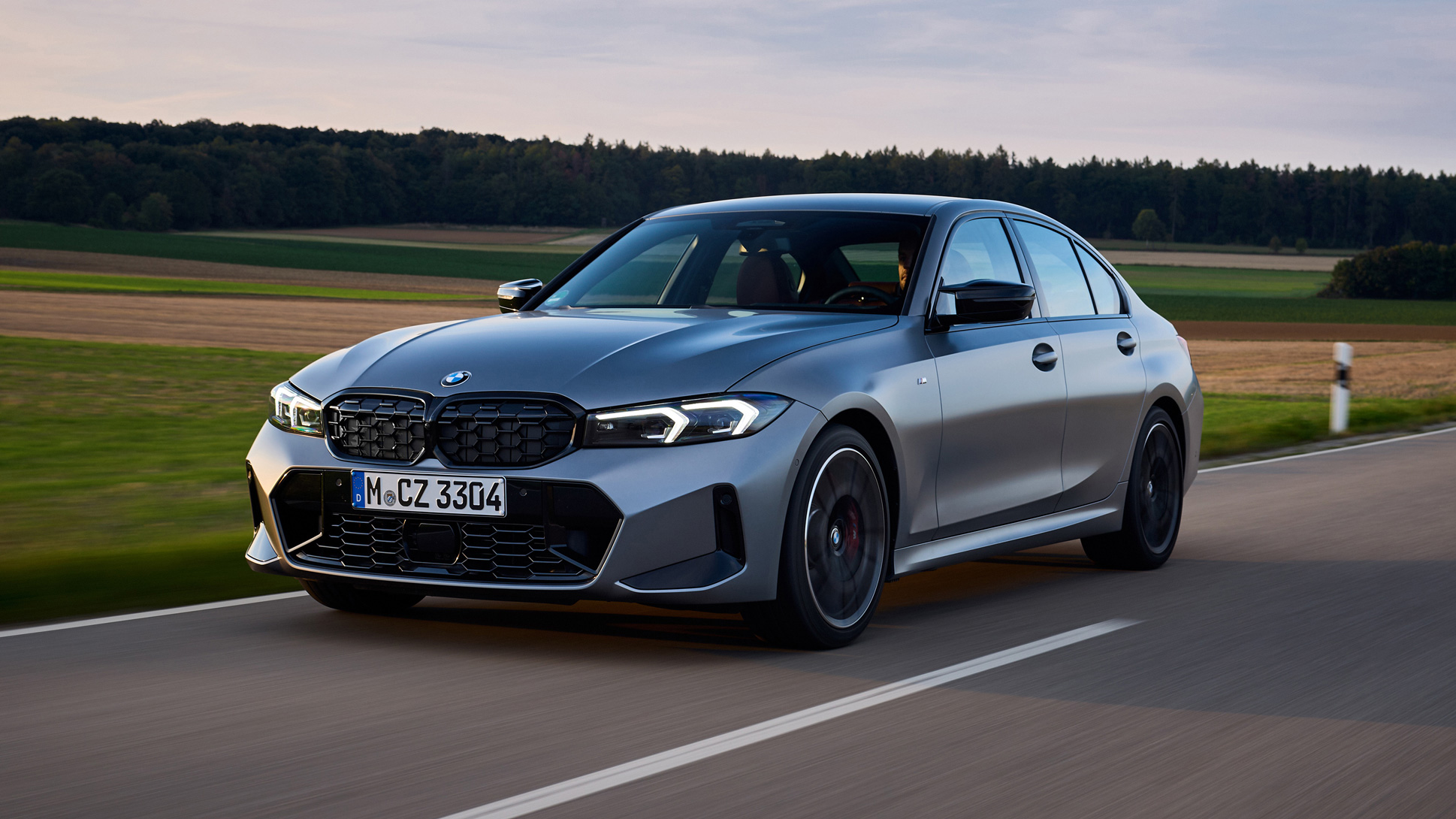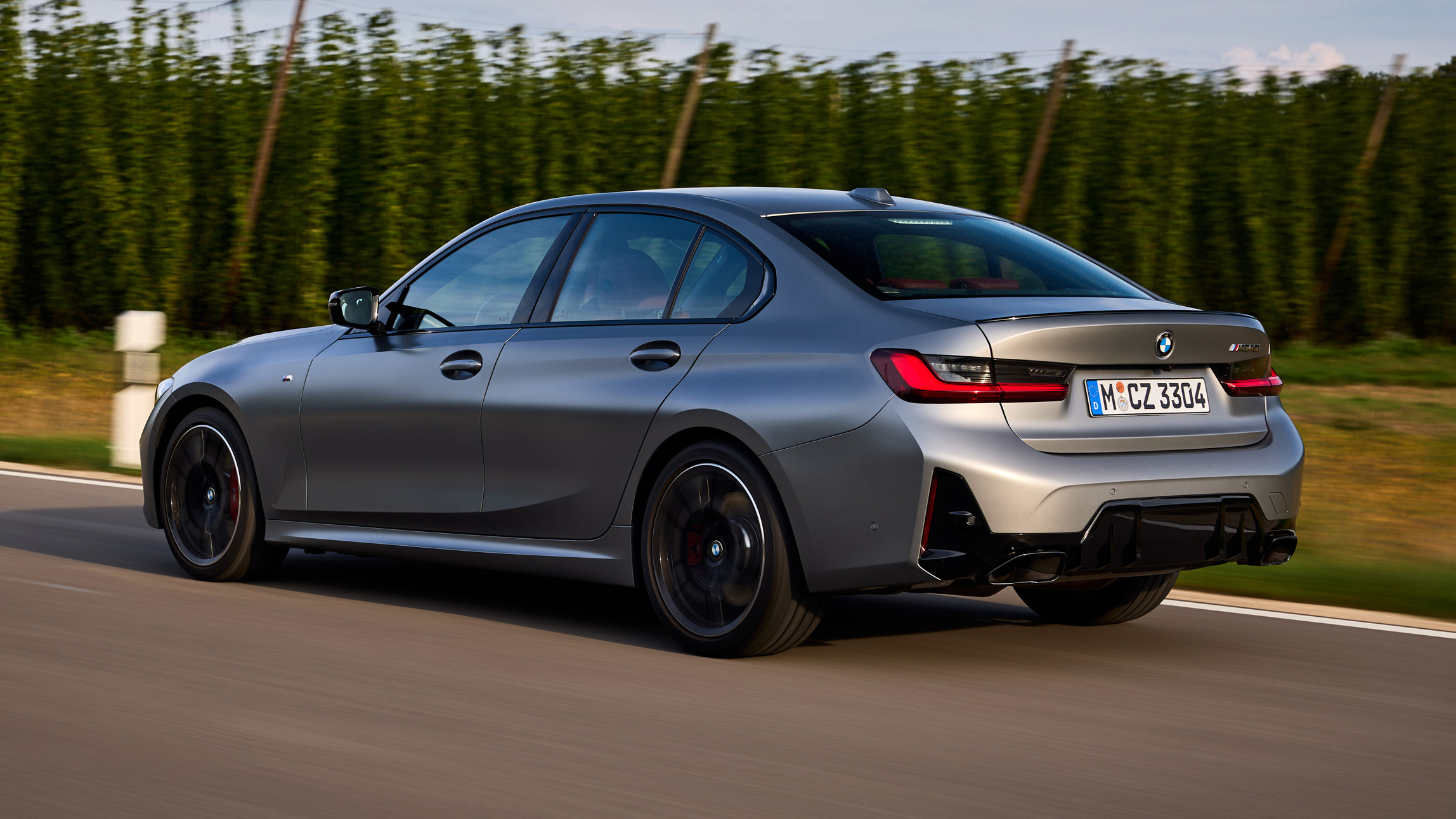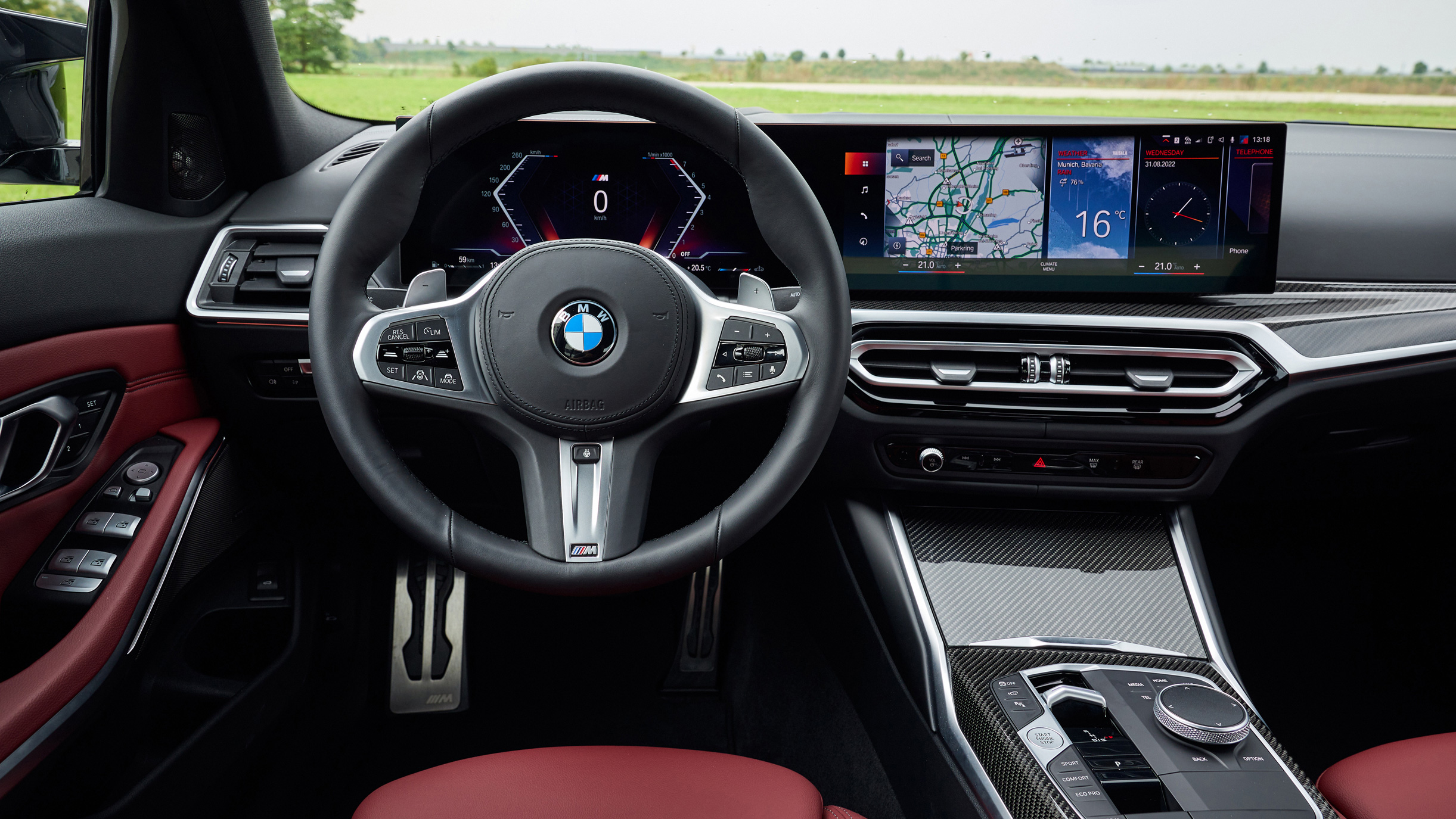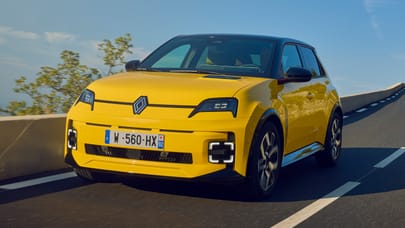
Driving
What is it like to drive?
A chat with the 3 Series dynamics team reveals a moment of wonderful frankness. They realised the car was already leading its class for handling and left well alone. It takes a brave engineer to admit their meddling on a project would be wholly unnecessary.
And so this car drives as brilliantly as it always did. We observed (rather than criticised) a quite firm ride on this seventh-gen Three when it launched. Whether BMW has secretly fiddled away in the background, our bum is less sensitive these days or the tautness of rival cars’ suspension has contextualised it (or perhaps a combination of all three), it now feels just a bit plusher without losing any of its connection. An Alfa Romeo Giulia or Jaguar XE handles similarly sweetly, but their powertrain options pale in comparison to the Bee-Em’s.
The steering is about as good as a mainstream electrically powered system can hope to be and there’s still a lovely sense of humour imbued through the chassis. Go for one of the more powerful versions, loosen the stability control, and the fun that’s always been at the heart of the 3 Series bubbles right to the surface. Even xDrive versions can be persuaded into a little slide, though using up all of the car’s considerable grip would be a rare event probably reserved to a racetrack.
How are those engines?
We started with the chassis because with BMW powertrain excellence is pretty much a given. No change here. The 320d is strong for the type, but calm. It's a four-cylinder diesel, so you've still got to get your fun from the cornering rather than the engine. At least it's muscly enough to let that happen. But diesel, despite the still relevant benefits (you’ll see 50mpg easy), isn’t exactly feeling the love right now.
The 330i petrol is a peach. For a four-cylinder it's remarkably smooth and blissfully keen to rev out to 6,800rpm. It's a 5.9-second car to 62mph. Even more than in the diesel, the eight-speed transmission shows it to its very best advantage. There's no significant torque-converter slip, and the changes are super-snappy yet perfectly smooth with it.
But the 330i isn't a six-cylinder. The M340i is. And it’s a blinder; it revs to 7,000rpm and sounds gorgeous while an electronically controlled centre differential has been programmed to chuck the rear tyres all the power they can handle. And quite a bit more for luck, provided the brain sees you're up with the steering correction. It lets you play the fool, but then protects you from your foolishness. BMW added 48V mild-hybrid tech to this engine in late 2020 and it continues here, lending the car an extra layer of politeness in town. It’s a belting all-rounder.
It might be a driver's car but of course you can spec a pack of driver aids. When you choose to use them, you're well supported by the speed and lane control. That's nothing special for this class of saloon. Better than that, it's pretty easy to configure them to do what you want at the time you want it. Especially with the head-up display, it's also easy to see what's activated and what's not.
That reduces a common problem with driver aids, that they intervene when you weren't expecting them to. Or, worse, you neglect to do what you should because you were expecting it to be done for you.
I want a hybrid though…
Of course you do; your kids have been pestering you about electric you’re not ready for a Tesla. That’s because you value driver appeal and build quality. The 330e is your halfway house. A 12kWh battery powers a 107bhp e-motor for over 30 miles of silent running, or it’ll combine with the 181bhp 2.0-litre petrol from the 320i for performance on par with the 330i – and for little more money. Everyone’s happy. It’s a good system: not as advanced as some rivals, but it does the job without frustrating or annoying you, and there’s a lot to be said for that.
Variants We Have Tested
Trending this week
- Car Review
Aston Martin Vanquish Volante









